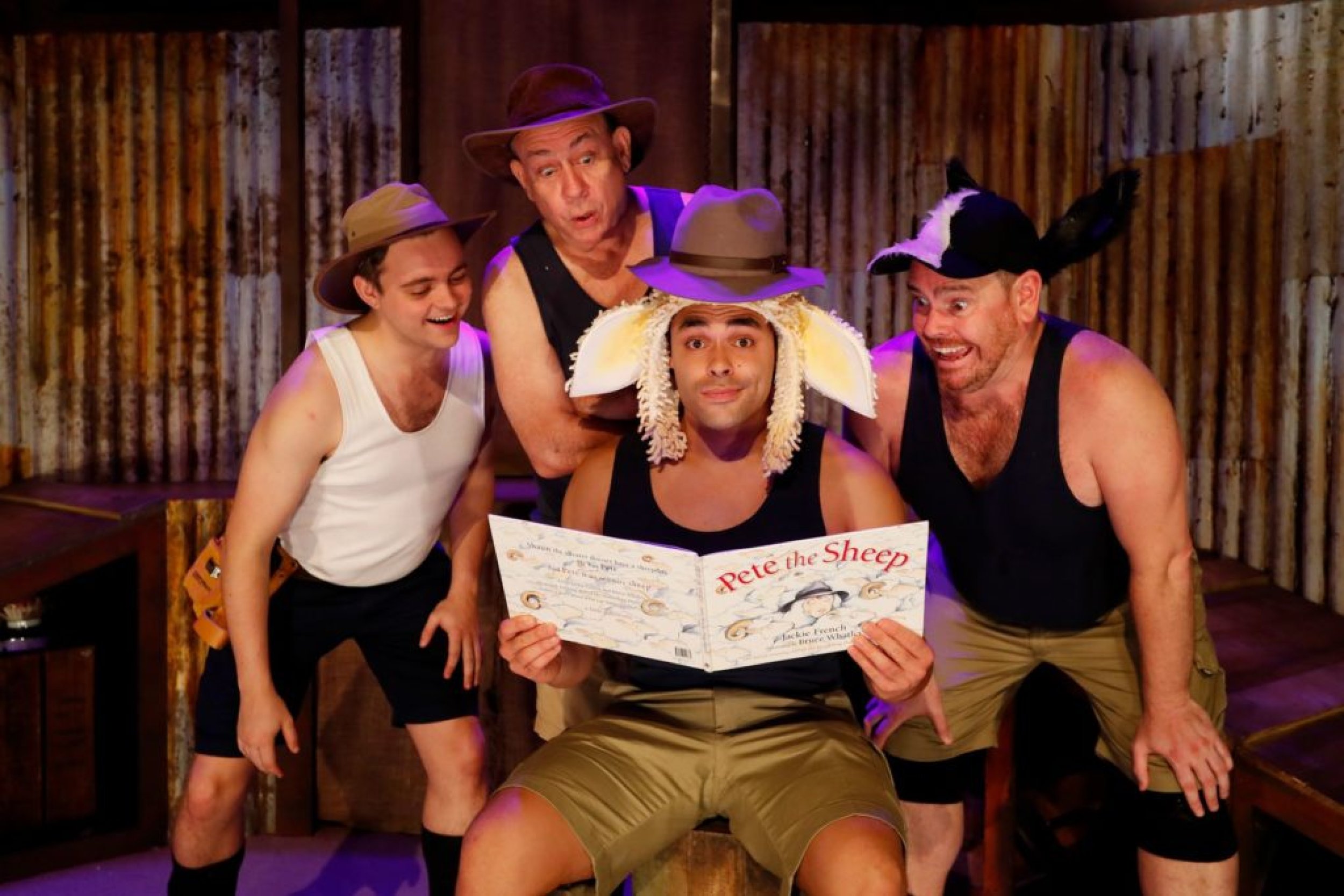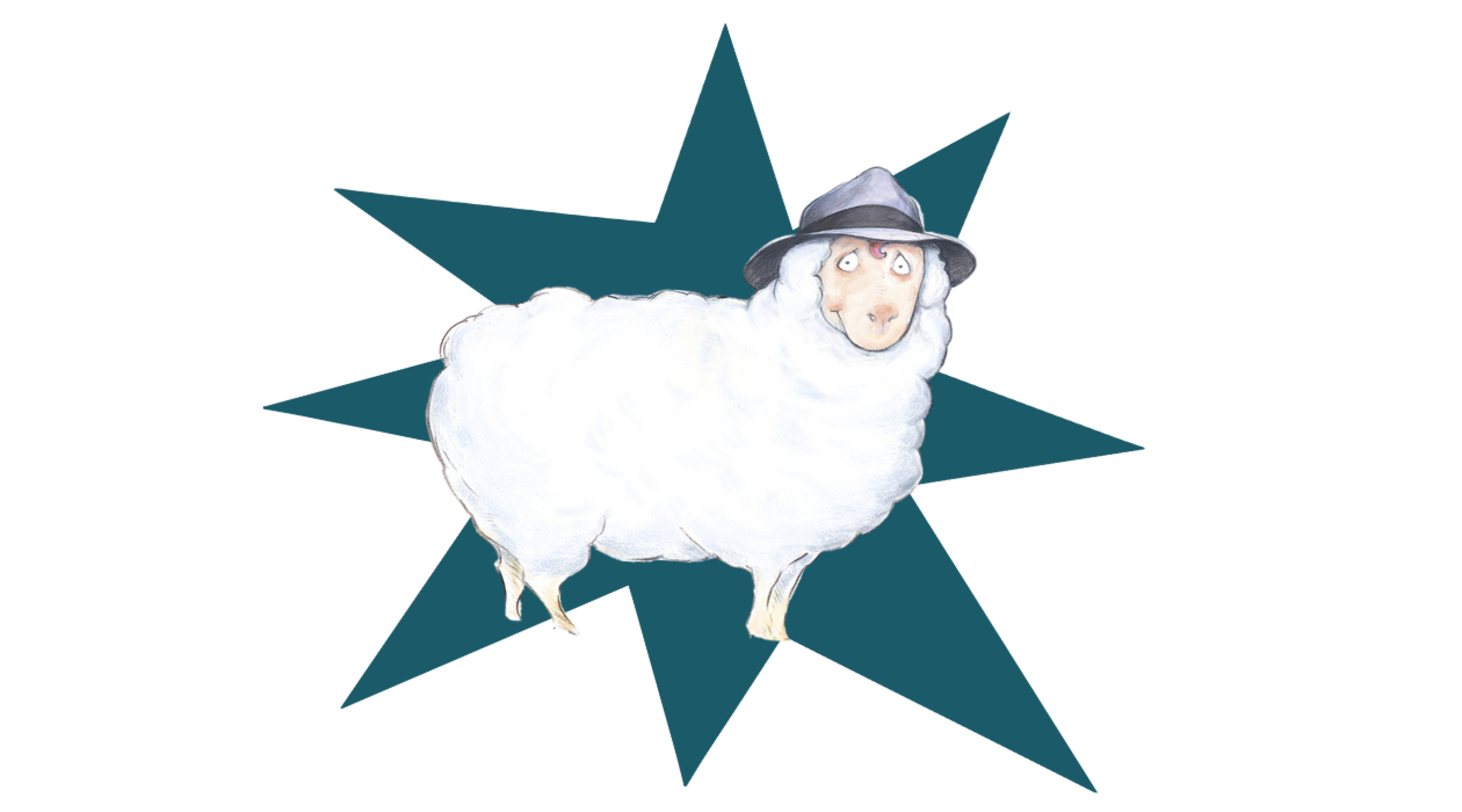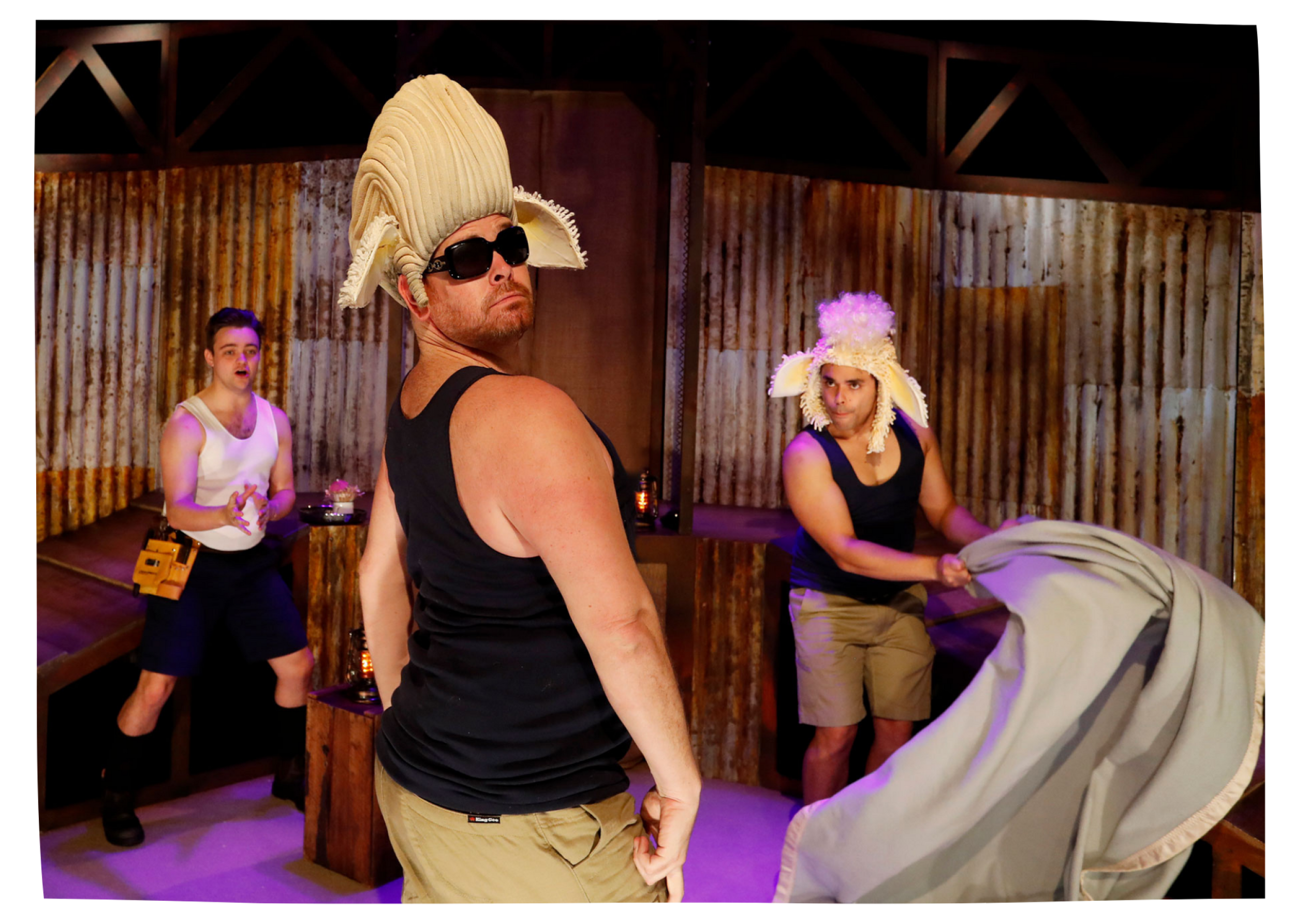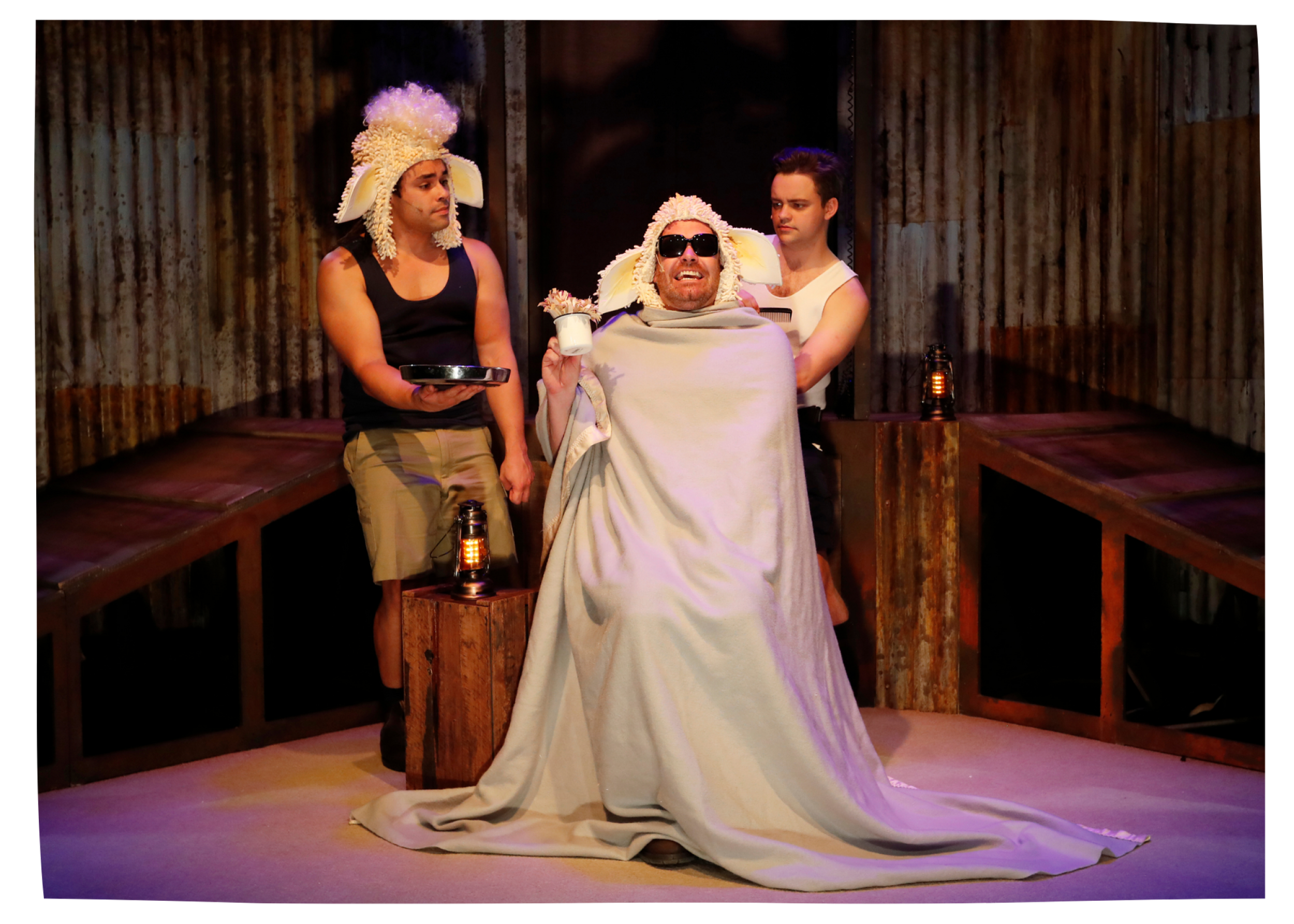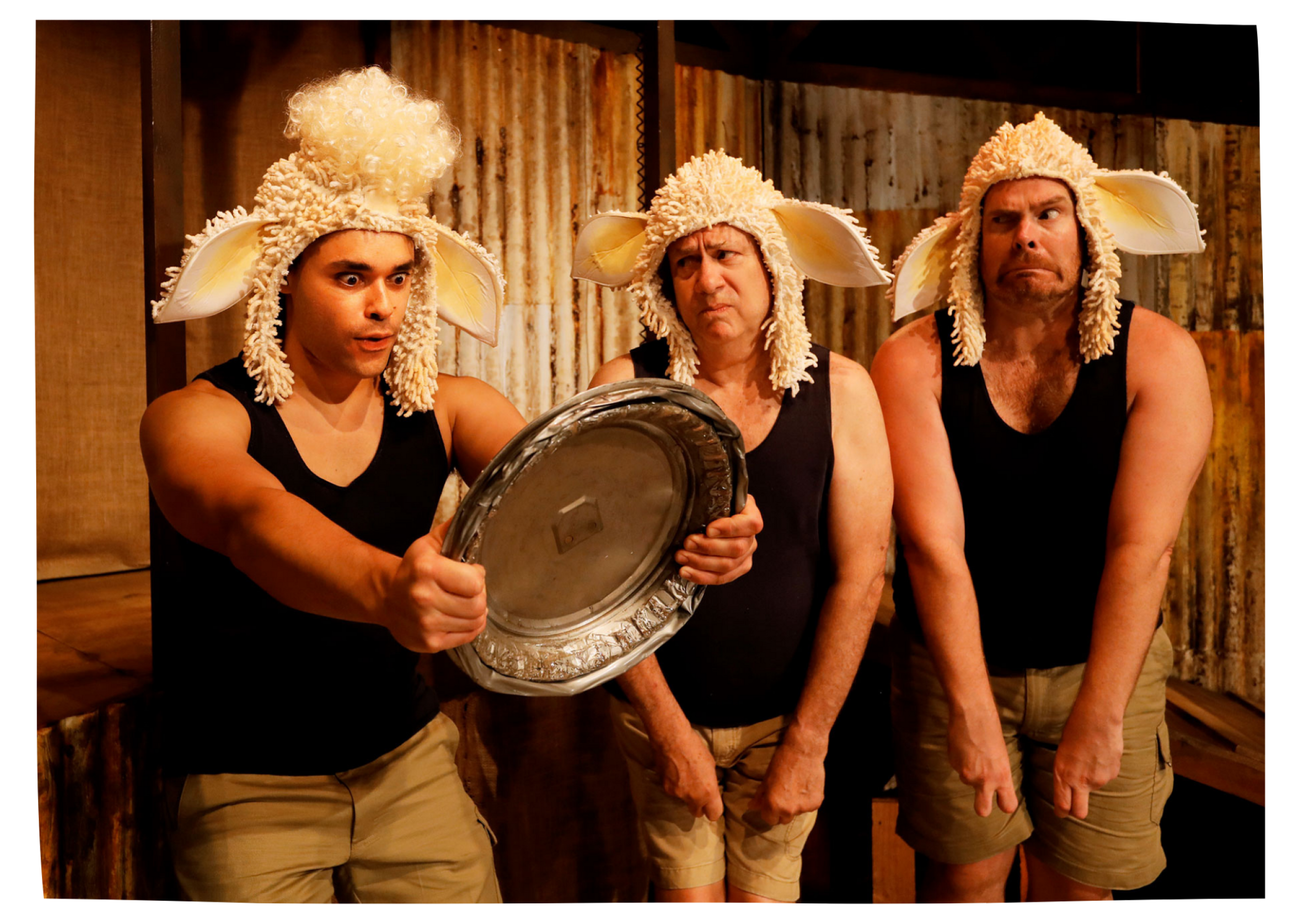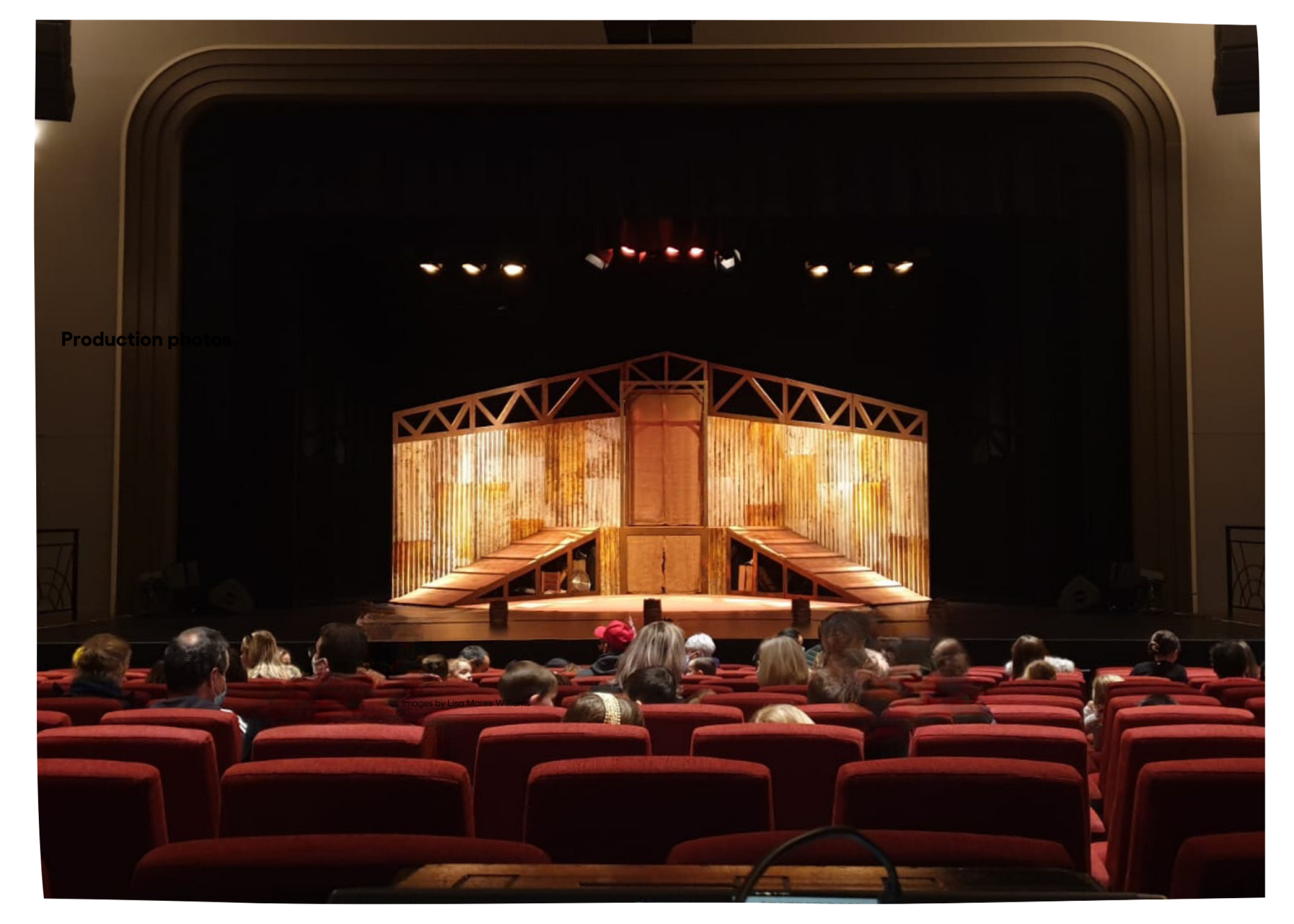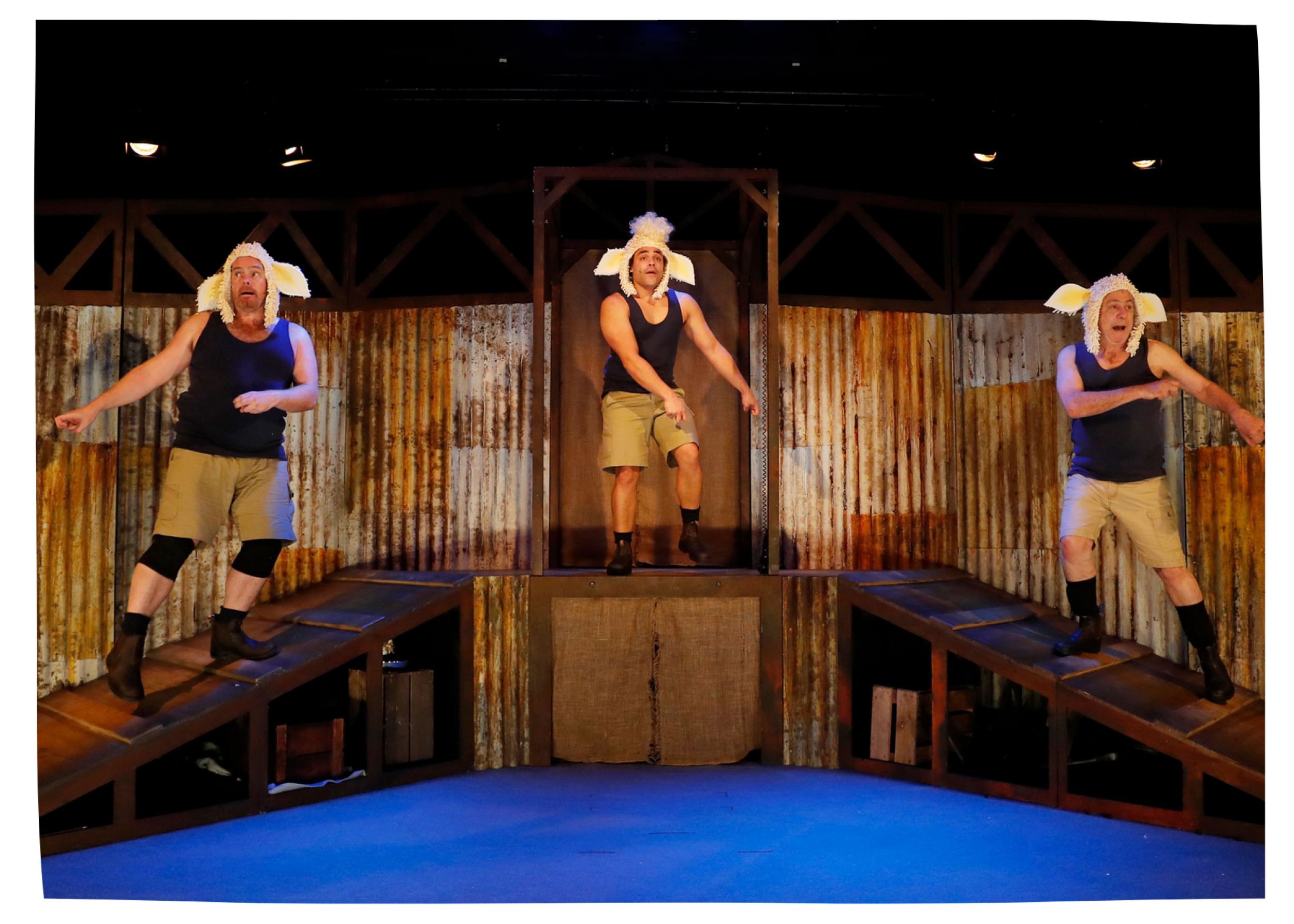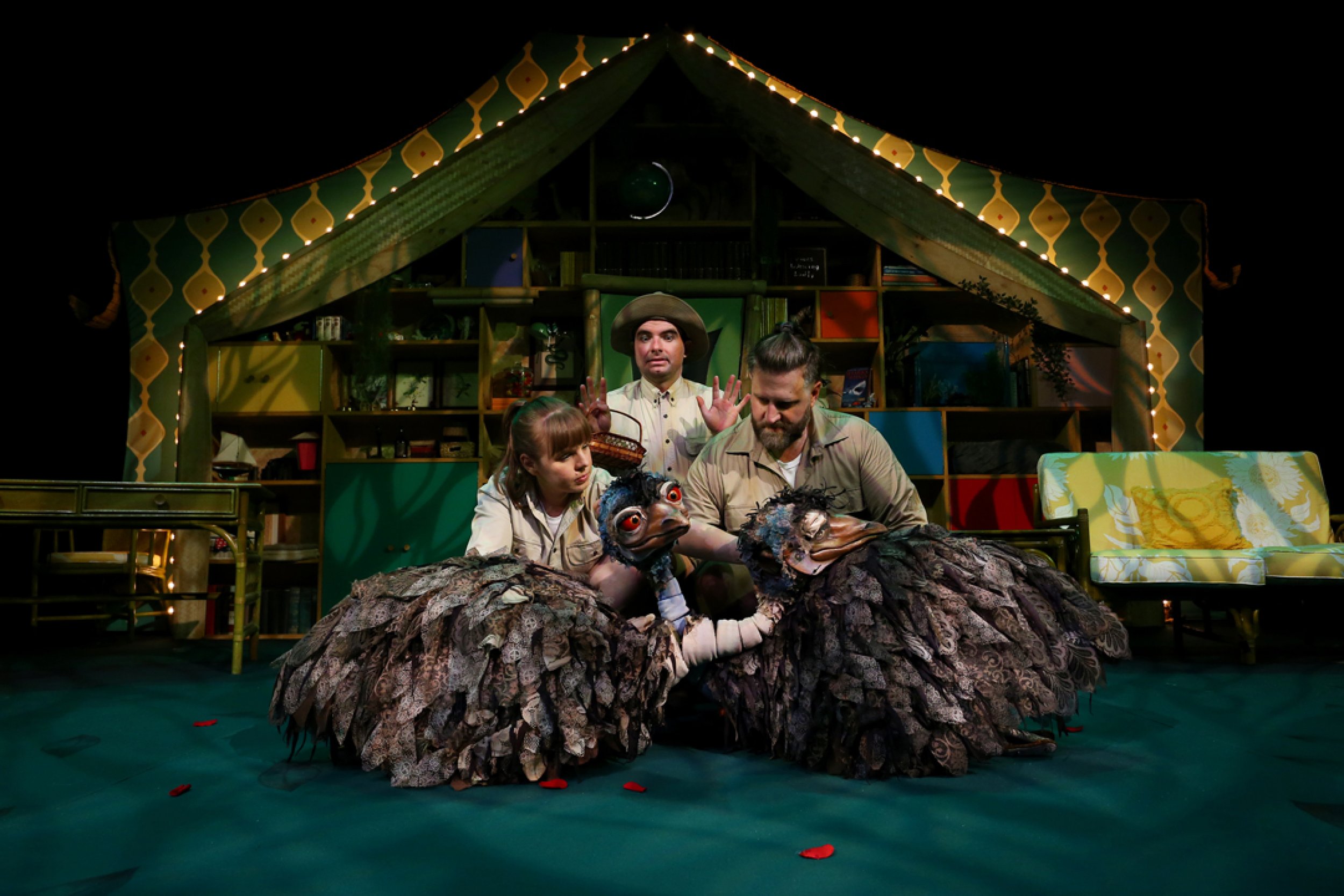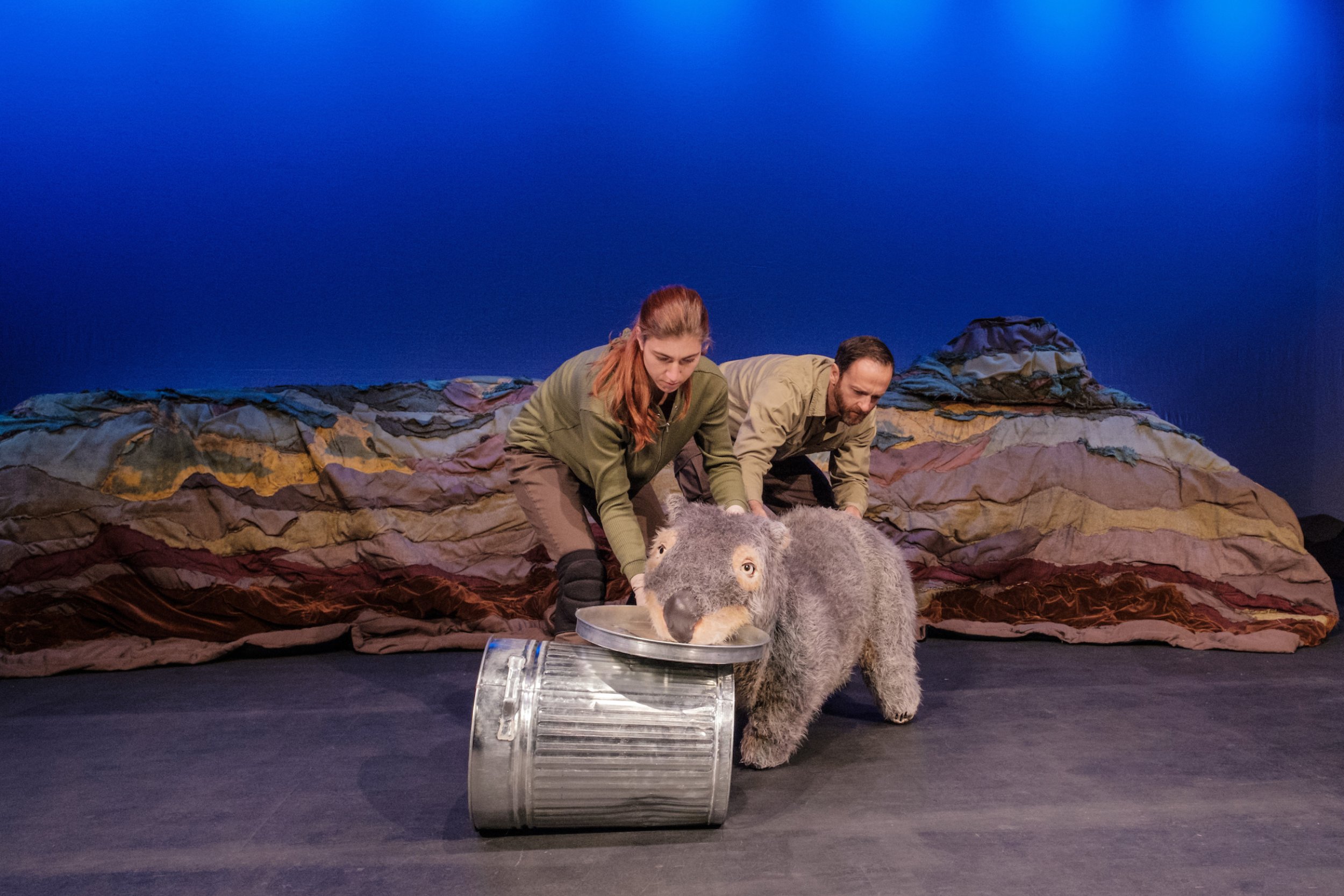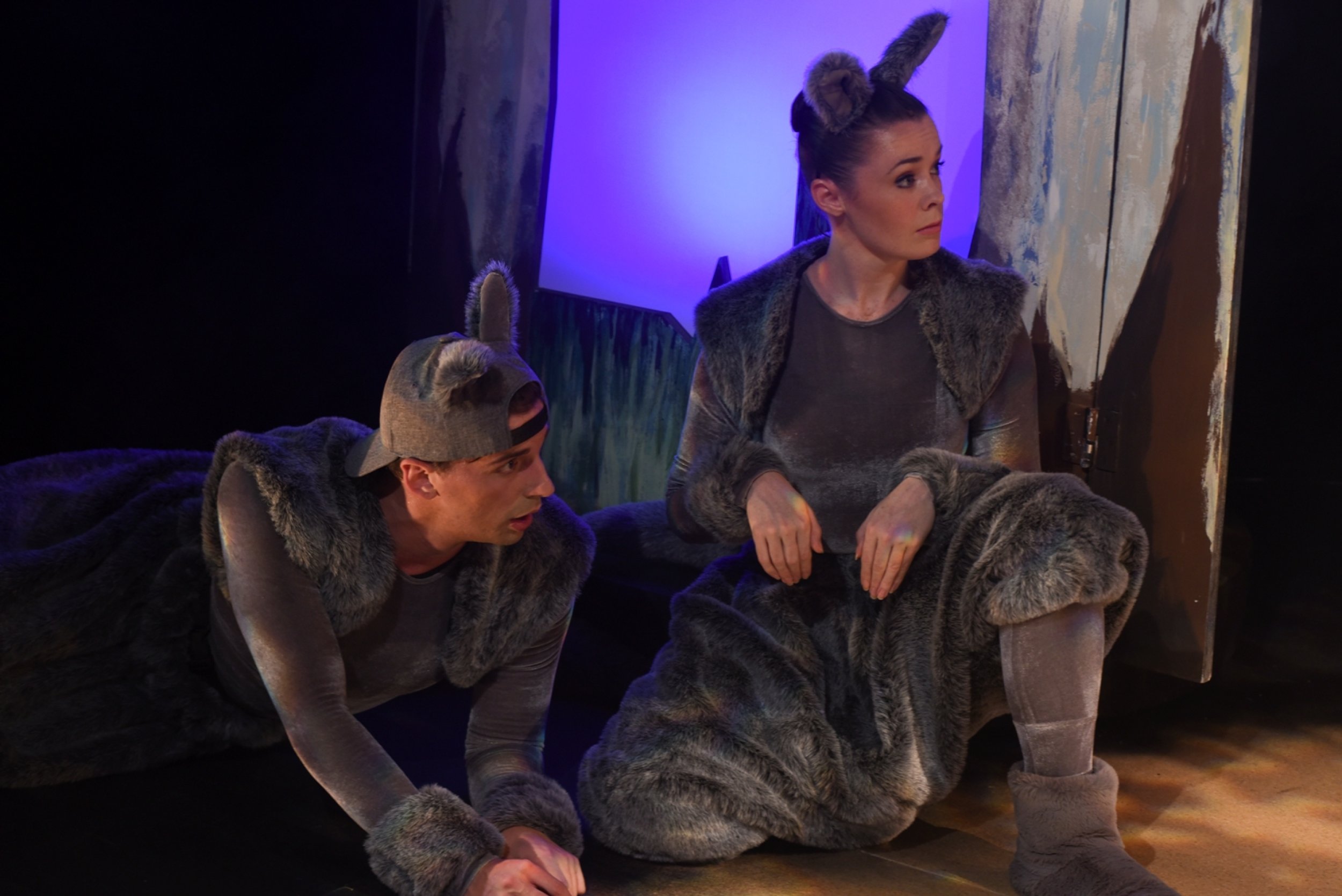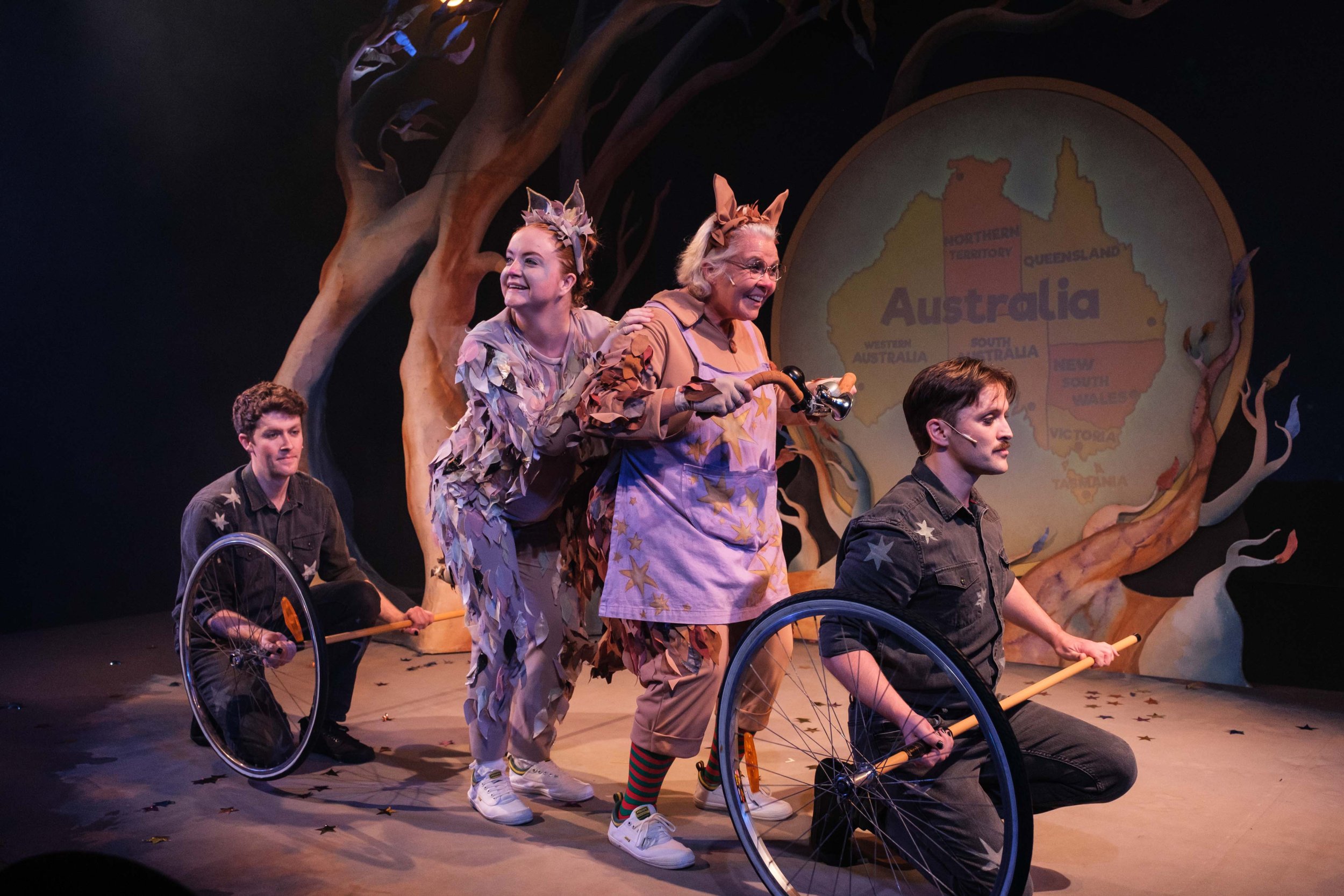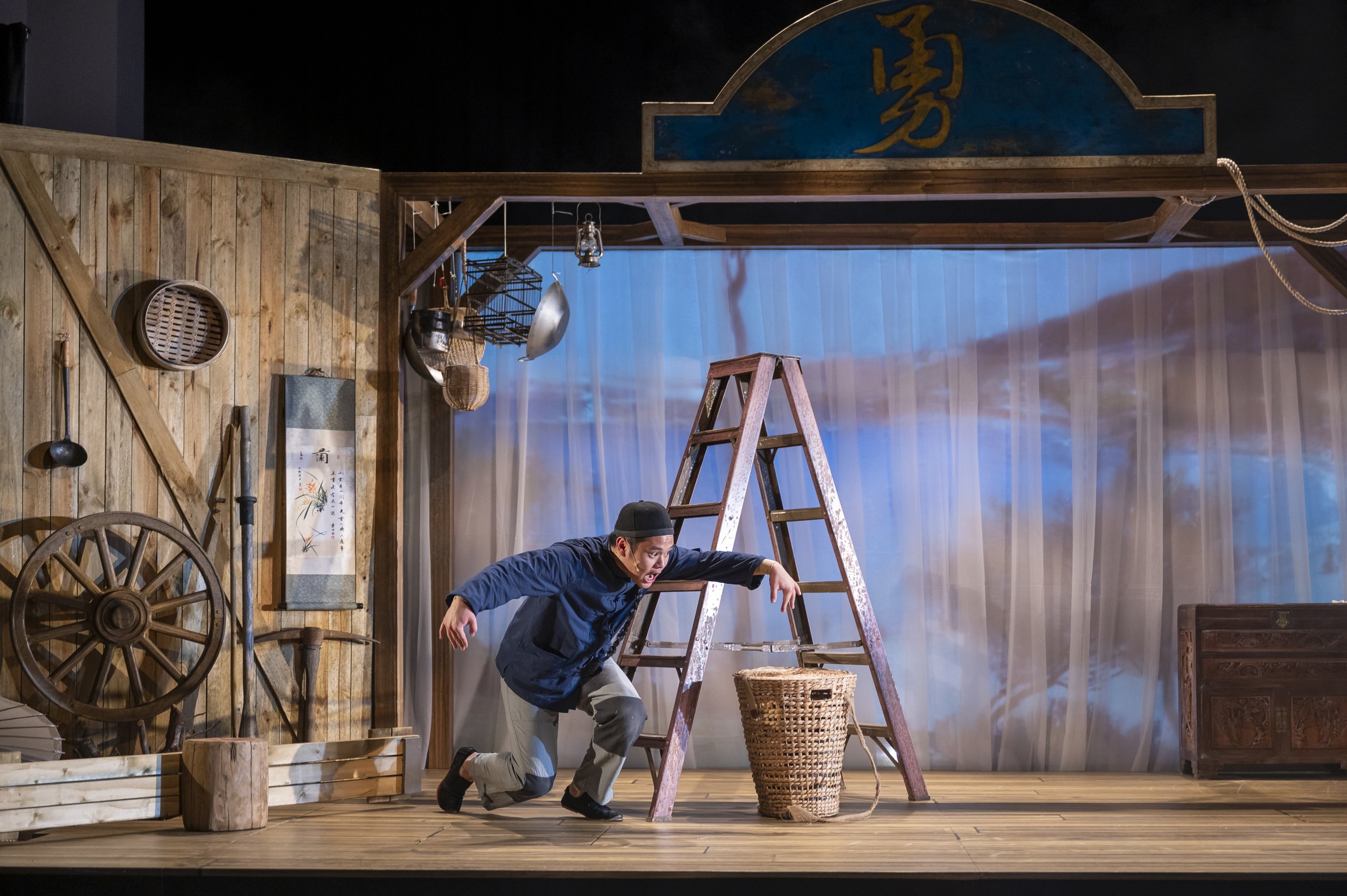Individuality and acceptance: Pete's unique talents, such as dancing and playing the guitar, set him apart from the other sheep. The play encourages young people to embrace and appreciate the qualities that make them different from others. It teaches the valuable lesson that diversity should be celebrated, fostering a sense of acceptance and tolerance.
Teamwork: When faced with a problem, Pete and his friends collaborate and pool their individual strengths to come up with a solution. The emphasis on teamwork promotes the idea that collective effort and cooperation can lead to success. young people learn the importance of working together and valuing each other's contributions.
Creativity: Pete's unconventional skills showcase the power of creativity and thinking outside the box. The play encourages young people to explore their creative side and appreciate the diversity of talents that exist. It sends the message that creativity is a valuable asset that can lead to innovative solutions and a richer, more fulfilling life.
Friendship: As Pete builds friendships with other animals on the farm, the play emphasises the importance of accepting friends for who they are. It teaches young people that true friends appreciate and support each other, even if they have different interests or abilities. The theme of friendship contributes to the overall positive and heartwarming atmosphere of the play.
Courage: Pete's courage to be himself despite being different serves as an inspirational message for young people. The story encourages young people to be confident in expressing their true selves, fostering a sense of self-empowerment. It teaches that courage is not always about facing physical danger but also about embracing our individuality.
